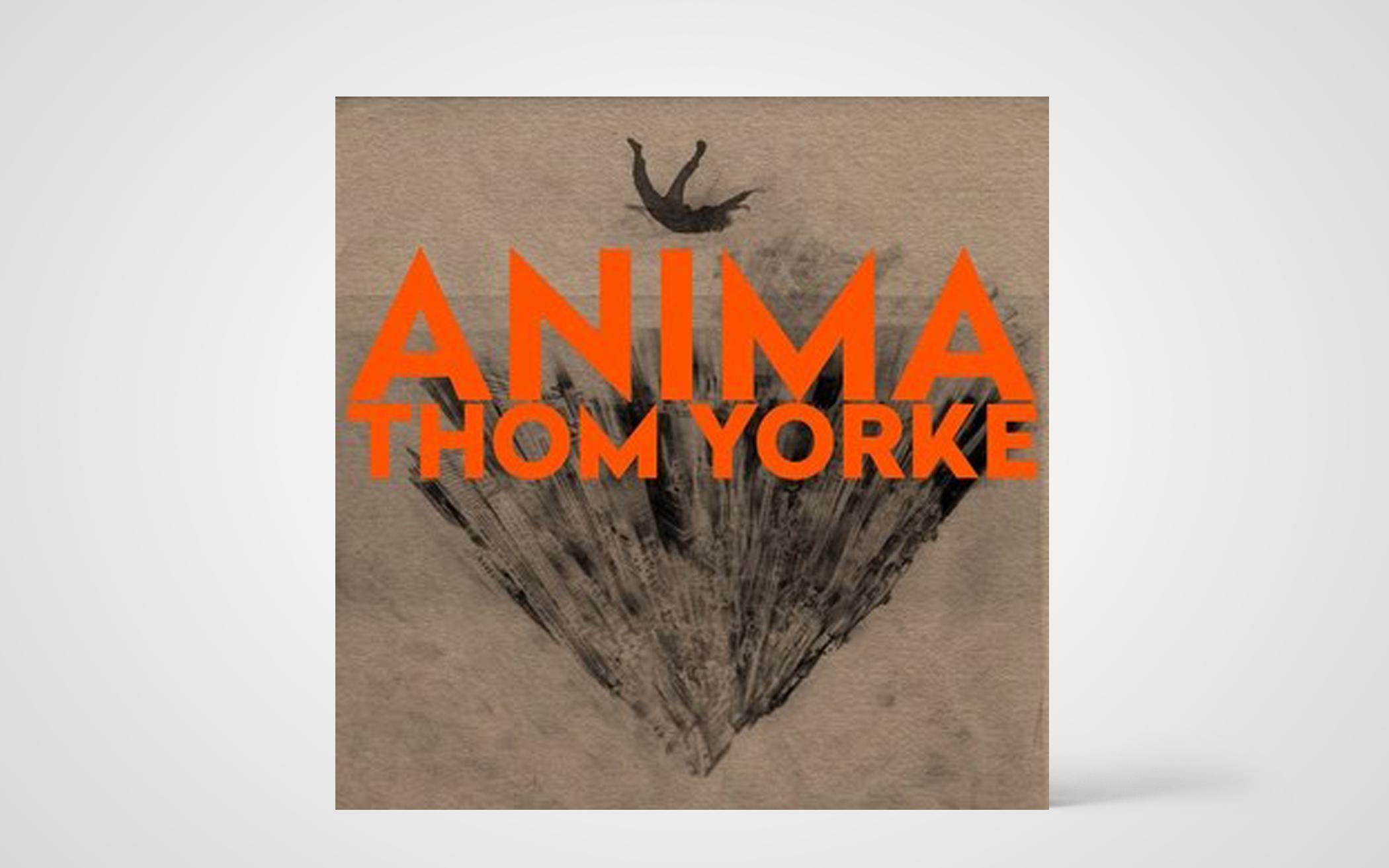“This is a waltz thinking about our bodies / what they mean for our salvation,” sang Thom Yorke on “Suspirium,” a waltz written for Suspira, a movie about our bodies and what they mean for our salvation. Now on his third solo album outside of his band Radiohead, ANIMA, Yorke is thinking about similar questions.
Much of Thom Yorke’s output, especially his solo material, has emphasized dance. But ANIMA feels even more corporeal than the jittery and atmospheric electronics found on albums like 2006’s The Eraser and 2014’s Tomorrow’s Modern Boxes. The songs on ANIMA are vivid and sturdy, with prominent beats and a deep low-end that give the album a strong physicality.
The album was released alongside a 15-minute short film of the same name directed by Paul Thomas Anderson, which features bizarre and beautiful choreography as Yorke himself navigates a dreamlike world of dancers on subways, in caves and in cities. The film (which is viewable on Netflix) and the three songs chosen from the album to soundtrack it artfully highlight the weirdness and wonder of bodies.
Yorke’s creative process for this album was untidy. Most of ANIMA’s songs were made taking electronic improvisations, experiments and noises and using sampling or looping technology to structure and restructure the unstructured. Throughout the album, vocal samples, synths and beats sputter in and out of focus, like the songs are bleeding through the album’s fabric onto one another. It’s as if random noise and traffic was put through a prism that snapped it into something magnificent.
This is what Yorke has been trying to do with his art forever. Yorke has the reputation of being cynical and wallowing in fear of technology, corporatization and environmental degradation. But this misses the point. The grayness and despair captured by Yorke and Radiohead has always seemed more harrowing because of contrasting beauty running alongside it. Both are real and are happening at the same time, and that’s the point.
In interviews, Yorke describes dance as a way of being completely in the moment. There’s an immediacy to dance that requires confidence and commitment—nobody has ever looked good dancing half-heartedly. In the context of Radiohead and Yorke, the in-the-momentness of dance is used as a statement to reclaim the present. It asks the listener and viewer to take seriously the here and now.
Yorke’s work in the past 25 years—within and without Radiohead—has been about unburdening oneself from the lifeless aspects of the world around us. There is a spirit of revelation here, in the reinvention and the dancing—a push for a kingdom come on earth as it is wherever else we project it to be. ANIMA creates a vision of such a kingdom, revelling and dancing in it for 47 minutes. (XL Recordings)
About the Author
Jordan Petersen

